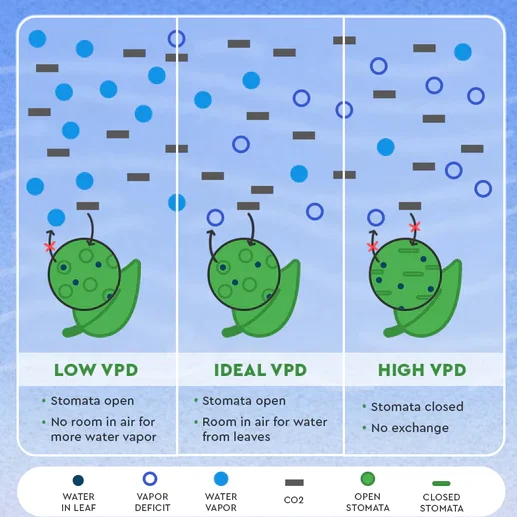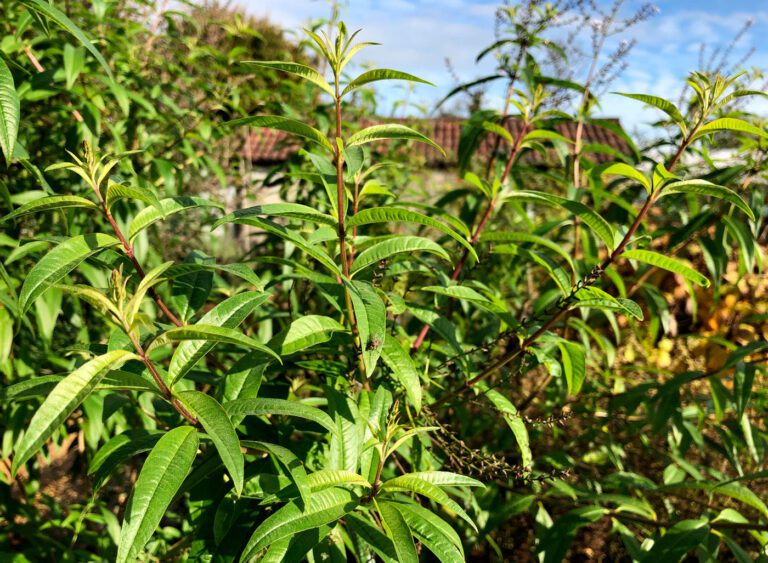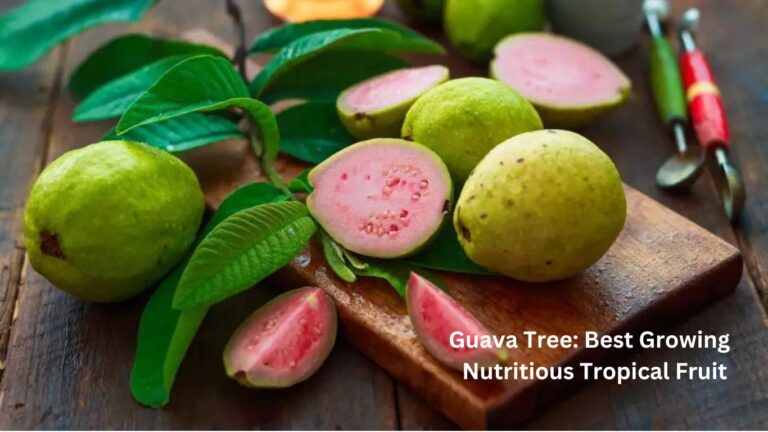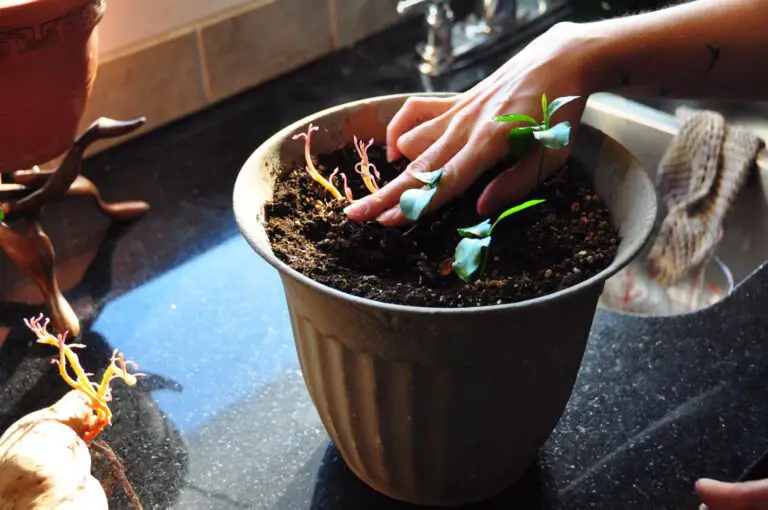Flushing Plants: How to Flush Your Plants Before Harvest to Improve Their Quality and Taste
Table of Contents
Understanding the Importance of Flushing Plants Before Harvest
Flushing plants before harvest is a critical step that many gardeners overlook, yet its importance cannot be overstated. Flushing refers to the practice of irrigating plants with pure water for a period of time before harvesting. This process helps to remove any residual nutrients, chemicals, or salts that may have accumulated in the plant’s tissues, ensuring a cleaner and more flavorful end product.
By flushing your plants, you are essentially allowing them to detoxify and cleanse themselves. This is especially crucial for those who have used synthetic fertilizers or chemical additives during their plant’s growth cycle. These substances can leave behind unwanted residues that not only compromise the taste and aroma of the final harvest but may also pose health risks when consumed.

Furthermore, flushing plants before harvest can contribute to the overall quality of the crop. By removing excess nutrients, the plant is encouraged to focus its energy on ripening and developing its natural flavors and aromas. The result is a cleaner, smoother smoke when it comes to cannabis crops, or a more vibrant and flavorful harvest in the case of fruits and vegetables. Ultimately, flushing plants before harvest is a key step in maximizing both the visual and sensory appeal of your final product.
Identifying the Ideal Time to Start Flushing Your Plants
The process of flushing plants before harvest is a crucial step in ensuring the highest quality yield. Identifying the ideal time to start flushing is essential for maximizing the potency, aroma, and flavor of your plants. Flushing refers to the practice of providing clean, pH-balanced water to your plants in the final weeks before harvest, effectively flushing out any excess nutrients or residual chemicals that may have accumulated in the plant tissues.
The timing of the flushing process depends on various factors, including the specific plant variety, the growth stage, and the desired outcome. As a general rule, it is recommended to start flushing your plants around one to two weeks before the anticipated harvest date. This allows sufficient time for the plant to utilize any remaining nutrients and effectively purge any unwanted substances. However, it is crucial to monitor your plants closely and assess their individual needs, as some varieties may require a longer or shorter flushing period.
By identifying the optimal time to start flushing your plants, you can ensure a cleaner and more flavorful harvest. Additionally, understanding the ideal time for flushing allows you to plan your cultivation schedule more effectively, maximizing your yield and overall plant quality. The next section will delve deeper into the different methods and agents that can be used for flushing plants, helping you make informed decisions for a successful harvest.
Selecting the Right Flushing Agent for Your Plants
When it comes to selecting the right flushing agent for your plants, it is essential to consider a few key factors that will contribute to the overall success of the flushing process. Firstly, it is important to choose a flushing agent that is specifically designed for plants and does not contain any harmful chemicals or residues. Opting for a natural and organic flushing agent will ensure that your plants are not exposed to any toxins during this crucial phase before harvest.
Additionally, the pH level of the flushing agent is of utmost importance. It is recommended to select a flushing agent with a pH level that is close to neutral, around 6 to 7, as this will help maintain the ideal pH balance within the plant’s root zone. This balance is important for the plants to effectively absorb nutrients and flush out any excess minerals or fertilizers. A properly balanced pH level will ultimately contribute to a healthier and more flavorful harvest.
Moreover, it is worth considering the specific nutrient requirements of your plants during the flushing period. Different plants have varying nutritional needs, and selecting a flushing agent that aligns with these requirements can optimize the flushing process. For instance, some plants may benefit from a flushing agent that is rich in potassium, which aids in the elimination of excess nitrogen from the plant’s tissues.
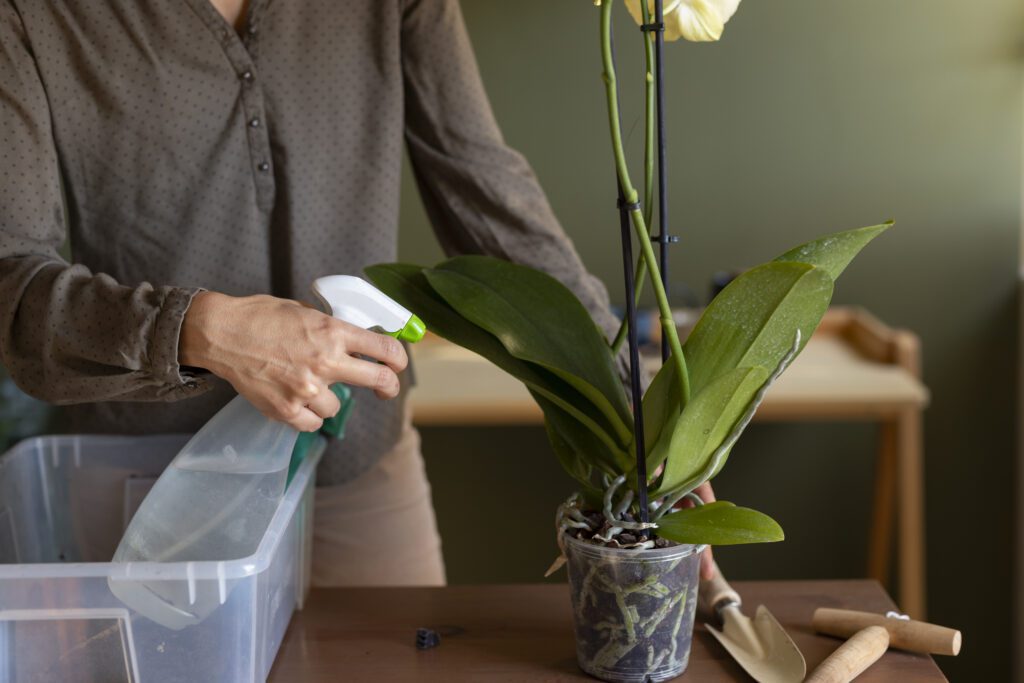
In conclusion, the selection of the right flushing agent for your plants plays a crucial role in ensuring a successful flushing process. Opting for a natural and organic flushing agent, considering the pH level, and taking into account the specific nutrient requirements of your plants are all important factors to consider. By doing so, you can contribute to the overall health and quality of your harvest.
Exploring Organic Flushing Options for a Chemical-Free Harvest
Organic flushing options offer a chemical-free solution for growers who prioritize the purity of their harvest. By eliminating synthetic flushing agents and opting for natural alternatives, gardeners can ensure that their plants remain free from harmful residues. Organic flushing agents typically come from plant-based sources and are rich in enzymes and beneficial bacteria. These agents work to break down any residual nutrients or chemicals in the plant’s tissues, allowing for a clean and pure end product.
One popular organic flushing option is compost tea. This nutrient-rich mixture, derived from composted organic material, provides a natural source of beneficial microorganisms that can help cleanse the plants’ root system. Additionally, compost tea supplies essential nutrients that foster a healthy microbial environment. Another organic option is molasses, which is a rich source of carbohydrates. The sugars in molasses work as a food source for beneficial microbes, enhancing their activity and aiding in the breakdown of excess nutrients. These organic flushing options offer a viable alternative for growers who want to avoid chemical residues and promote a truly organic harvest.
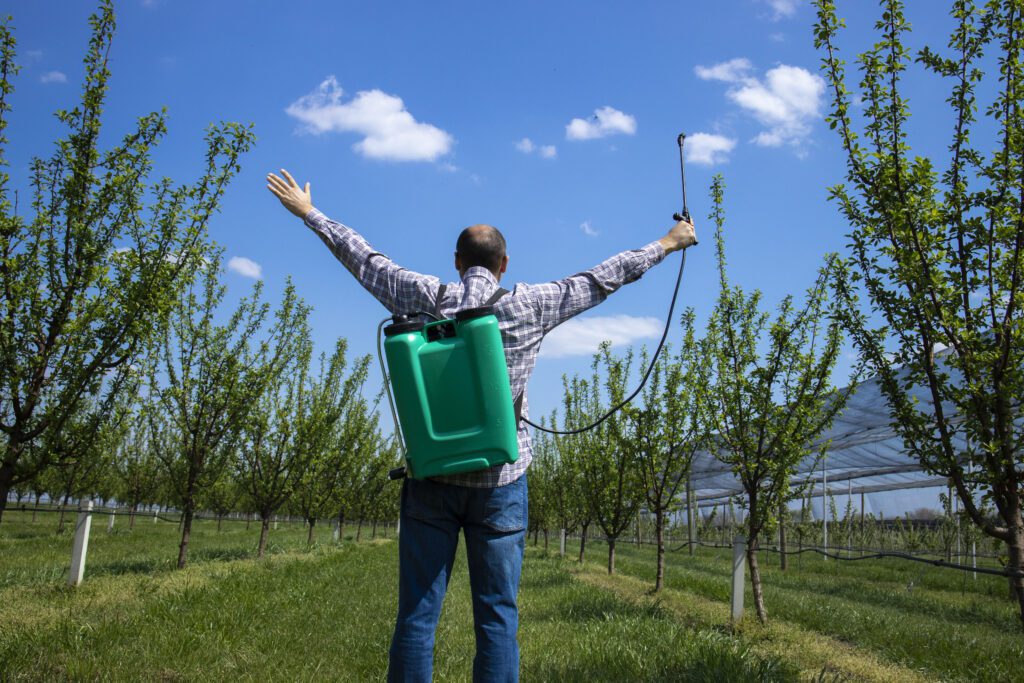
Understanding the Science Behind Flushing and its Effects on Plant Quality
Flushing is a crucial step in the cultivation process that involves the systematic removal of excess nutrients from plants prior to harvest. This practice is based on the scientific understanding that accumulated nutrients can negatively impact the quality and taste of the final product. When plants are overfed, the excess nutrients can leave behind residual chemical compounds, which can result in an undesirable taste and harshness. Moreover, these compounds can also affect the overall aroma and smoothness of the harvested plants.
The table based on specific details or additional insights related to flushing and its impact on plant quality:
| Aspect | Explanation |
|---|---|
| Flushing Process | Flushing involves irrigating plants with clean water before harvest to remove excess nutrients and salts from the growing medium. |
| Nutrient Removal | Flushing helps flush out residual nutrients, preventing over-fertilization and potential nutrient buildup in plant tissues. |
| Salt Reduction | It reduces salt buildup in the soil, preventing osmotic stress on plant roots and promoting better nutrient uptake. |
| Terpene Preservation | Flushing before harvest aids in preserving and enhancing the aromatic compounds (terpenes) in the plant, influencing taste and aroma. |
| Chlorophyll Reduction | Flushing can reduce chlorophyll levels, improving the smoothness and overall quality of the final product. |
| Effect on Yield | While flushing may slightly decrease yield due to nutrient reduction, it often results in higher quality and better-tasting produce. |
| Scientific Basis | Studies suggest that flushing alters nutrient ratios and affects secondary metabolites, impacting taste, aroma, and overall quality. |
| Timing Consideration | The timing and duration of flushing can vary based on plant species, growth stage, and environmental factors, affecting its efficacy. |
| Quality Improvement | Proper flushing contributes to better-tasting, smoother, and potentially more potent final products, sought after by consumers. |
The process of flushing allows plants to utilize the remaining nutrients stored in their tissues, leading to a reduction in the concentration of residual compounds. By providing only plain water during the flushing period, growers ensure that any excess nutrients are flushed out from the plants’ root systems. This promotes a cleaner, purer end product with enhanced flavors and aromas. Not only does flushing improve the taste and smell of the harvested plants, but it also contributes to their smoother and more enjoyable smoking or vaping experience. With the science behind flushing well-established, it is essential for growers to implement this practice to achieve optimal plant quality and customer satisfaction.
Step-by-Step Guide: How to Flush Your Plants Effectively
To ensure a successful flushing process for your plants, it is important to follow a step-by-step guide that will effectively remove any residual nutrients and chemicals from the plant’s system. Here are the essential steps to follow:
1. Determine the ideal time to start flushing: It is crucial to know the appropriate period to initiate the flushing process. This is typically done during the final weeks before harvesting, when the plants have reached their peak maturity. Ensure that you closely monitor the plant’s progress and observe the trichomes to determine the optimal time for flushing.
2. Gradually reduce nutrient intake: Begin the flushing process by gradually decreasing the amount of nutrients you provide to your plants. This can be done by reducing the concentration of your hydroponic solution or by using water only during regular plant maintenance. By slowly lowering the nutrient intake, you allow the plants to use up any remaining nutrients stored in their tissues, resulting in cleaner and better-tasting final products.
Remember, following these crucial steps in the flushing process will help you achieve a high-quality yield that is free from any unwanted residues. Stay tuned for the upcoming sections where we will dive deeper into the factors to consider when determining the duration of the flushing process and recommend the best practices to ensure effective flushing.
Factors to Consider When Determining the Duration of the Flushing Process
Factors to Consider When Determining the Duration of the Flushing Process:
1. Plant Type and Strain: Different plants have varying flushing requirements based on their genetics and growth characteristics. Factors such as flowering time, nutrient uptake, and nutrient retention vary among plant varieties. Therefore, it is crucial to consider the specific needs of your plants and their strains when determining the duration of the flushing process.
2. Growing Medium and Nutrient Composition: The type of growing medium and the nutrients used in the cultivation process can significantly impact the flushing duration. Soils with high nutrient retention capacity may require a longer flushing period to ensure thorough nutrient removal. Similarly, nutrient-rich hydroponic systems may demand an extended flushing phase to guarantee the removal of excess minerals and enhance the final product’s quality.
When determining the duration of the flushing process for plants, several factors come into play:
- Plant Growth Stage: Consider the specific growth stage of the plant. For instance, different flushing durations might be suitable for mature plants nearing harvest versus younger plants.
- Cultivation Medium: The type of medium used (soil, hydroponics, coco coir) affects nutrient retention. Soil typically retains nutrients longer than hydroponic systems.
- Nutrient Load: The amount of accumulated nutrients in the plant and medium influences flushing duration. Heavy feeding regimes might require longer flushing to reduce excess nutrients.
- Plant Sensitivity: Some plants are more sensitive to changes in nutrient levels. Understanding your plant’s sensitivity can help determine a suitable flushing duration.
- Desired Outcome: The goals for flushing can vary. If aiming for a smoother smoke or a certain flavor profile, the flushing duration might differ.
- Environmental Conditions: Factors like humidity, temperature, and light can influence nutrient uptake and affect flushing duration.
- Previous Feeding Schedule: Consider the type and amount of nutrients previously given to adjust the flushing duration accordingly.
- Observation and Testing: Regularly observing the plant’s condition and possibly conducting pH and EC (electrical conductivity) tests on the runoff can guide the duration of flushing.
These factors can influence the optimal length of the flushing process for your plants. By understanding the unique characteristics of your specific plants and growing methods, you can fine-tune the duration of flushing to achieve the best results.
Monitoring pH Levels During the Flushing Period
During the flushing period, monitoring pH levels is crucial to ensure optimal plant health and nutrient absorption. Flushing involves using water to remove any accumulated nutrients or salts from the growing medium, resulting in a cleaner and smoother taste in the harvested plants. pH is a measure of how acidic or alkaline a solution is, and maintaining the correct pH range is essential for plant growth and nutrient availability.
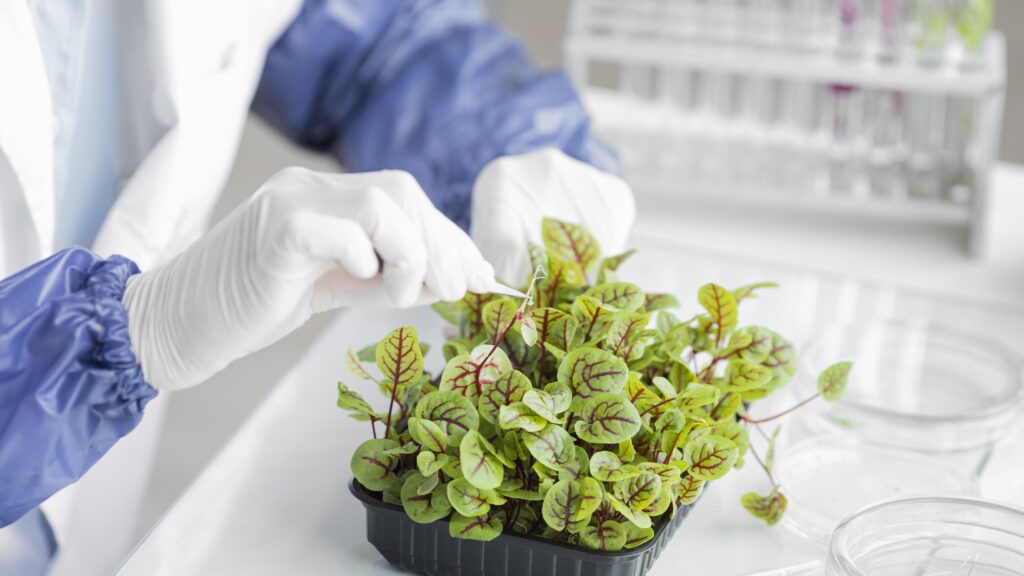
When flushing your plants, it is recommended to monitor the pH levels of the flushing solution. The ideal pH range for most plants during flushing is between 6.0 and 6.5, as this promotes the effective uptake of nutrients. Monitoring pH can be done using pH testing kits or digital pH meters, which provide accurate readings. It is important to note that different plants may have specific pH preferences, so it is beneficial to be aware of the optimal pH range for the particular plant species you are growing.
Maintaining the appropriate pH levels during flushing helps prevent nutrient imbalances and ensures that the plants efficiently absorb the remaining nutrients in the growing medium. This allows for a more controlled and consistent reduction of nutrient levels in the plant’s tissues, ultimately enhancing the taste and aroma of the final harvest. By carefully monitoring pH levels during the flushing process, gardeners can provide their plants with the best conditions for a successful and high-quality harvest.
Ensuring Proper Drainage and Avoiding Overwatering While Flushing
When it comes to flushing plants before harvest, ensuring proper drainage is essential to avoid overwatering. Overwatering can lead to a host of problems such as root rot, nutrient deficiency, and a decrease in overall plant health. It is important to understand that during the flushing process, the goal is to remove any excess nutrients or chemicals that may be present in the plant’s tissues. However, this does not mean drowning the plant in water.
To ensure proper drainage, it is crucial to use well-draining growing mediums such as coco coir or perlite. These mediums allow excess water to flow through, preventing the roots from sitting in stagnant water. Additionally, using pots with drainage holes and avoiding saucers that collect water can help promote better drainage. It is also recommended to water your plants slowly and evenly, allowing the water to fully penetrate the growing medium and then allowing any excess water to drain out. By creating a healthy balance of water and airflow, you can help prevent overwatering and ensure that your plants are able to properly flush before harvest.
Addressing Common Mistakes and Pitfalls in the Flushing Process
Common Mistakes and Pitfalls in the Flushing Process
The process of flushing plants before harvest is crucial in ensuring the removal of excess nutrients, minerals, and chemicals that can negatively impact the taste, aroma, and overall quality of the final product. However, there are certain common mistakes and pitfalls that growers should be aware of to avoid compromising the effectiveness of the flushing process.
One of the common mistakes growers make is starting the flushing process too late or too early. It is essential to identify the ideal time to initiate flushing based on the plant variety and its specific growth stage. Starting too late may result in an inadequate flush, leaving behind unwanted residues, while beginning too early can lead to nutrient deficiency and stunted growth. Each plant variety has unique nutritional requirements, and understanding these requirements will help determine the optimal time to begin the flushing process.
Another frequent pitfall is the incorrect selection of flushing agents. While there are various commercial flushing products available on the market, it is essential to select the one that is specifically designed for the type of crop and growing method being used. Some flushing agents are better suited for soil-based cultivation, while others are more effective in hydroponic or aeroponic systems. Using the wrong flushing agent can diminish the effectiveness of the process and may even lead to unfavorable outcomes, such as nutrient lockouts or imbalances.
To ensure a successful flushing process, growers must educate themselves on these and other potential mistakes and pitfalls. By avoiding these common errors and making informed decisions based on scientific principles and best practices, growers can maximize the benefits of flushing, resulting in a high-quality harvest with enhanced flavor, aroma, and overall appeal. With proper knowledge and attention to detail, growers can confidently navigate through the flushing process, ensuring the best possible outcome for their plants.
The Impact of Flushing on the Taste and Aroma of Harvested Plants
Flushing is a critical stage in the cultivation process that can significantly impact the taste and aroma of harvested plants. During the flushing period, excess nutrients, salts, and other impurities are removed from the plant’s root zone, reducing the risk of a harsh or chemical taste lingering in the final product. This process allows the plant to utilize its stored nutrients, resulting in a cleaner, more pleasant flavor profile.
Furthermore, flushing also plays a vital role in enhancing the aromatic qualities of harvested plants. By reducing the levels of residual nutrients, the plant can focus on producing its natural compounds and essential oils, resulting in an intensification of the aromatic characteristics. This becomes especially crucial for plants where aroma is a defining feature, such as herbs, spices, and certain medicinal plants.

Scientific research has shown that the duration of the flushing process can influence the flavor and aroma of harvested plants. While there is no one-size-fits-all approach, as different plant varieties have varied nutrient requirements, it is essential to consider factors such as plant maturity, nutrient uptake, and environmental conditions when determining the optimal flushing period. By carefully monitoring and adjusting the flushing duration, gardeners can strike a delicate balance, unlocking the full potential of taste and aroma in their plants.
Debunking Myths and Misconceptions About Flushing Plants
Despite its importance in the cultivation process, flushing plants before harvest is a topic that is often shrouded in myth and misconception. One of the most common misconceptions is that flushing plants will completely remove all traces of nutrients from the plant, resulting in a bland and tasteless harvest. However, this belief is unfounded, as flushing is meant to gradually reduce nutrient levels in order to improve the quality and taste of the final product.
Another myth surrounding flushing is that it can significantly impact the yield of the plant. Some growers worry that by removing nutrients during the flushing process, they are depriving their plants of essential elements needed for growth. However, research has shown that a properly executed flush will have minimal impact on overall yield, as the plant has already absorbed the necessary nutrients during the vegetative and flowering stages.
It is crucial for gardening enthusiasts to dispel these myths and understand the true importance of flushing plants before harvest. By gaining a better understanding of the purpose and effects of flushing, growers can ensure a higher quality end product that is both flavorful and potent.
The table below shows debunking myths and misconceptions about flushing plants:
| Myth/Misconception | Debunking Explanation |
|---|---|
| Flushing improves taste | Scientifically unproven; taste can be affected by many factors. |
| Flushing removes all nutrients | Flushing reduces excess nutrients but doesn’t strip plants entirely. |
| Flushing improves potency | No direct evidence supports this claim; potency depends on various factors. |
| Flushing is necessary for all crops | Not universally required; depends on cultivation methods and goals. |
| Longer flushing equals better quality | Optimal flushing duration varies; excessive flushing can harm plants. |
Tips for Assessing the Optimal Flushing Period for Different Plant Varieties
Assessing the optimal flushing period for different plant varieties is crucial to ensure a high-quality harvest. Each plant has its own unique growth cycle, nutrient requirements, and response to flushing. By understanding the specific needs of your plants, you can determine the ideal time to start the flushing process.
Are you flushing correctly? Watch the videos to know more about it!
One important factor to consider when assessing the flushing period is the type of plant you are growing. For example, cannabis plants typically require a longer flushing period compared to vegetables or flowers. This is because cannabis plants tend to accumulate more nutrients and chemical residues in their tissues, which can affect the taste and aroma of the harvested buds. On the other hand, vegetables and flowers may require a shorter flushing period, as they generally have lower nutrient retention rates.
Another aspect to consider is the stage of plant development. In general, it is recommended to begin flushing when the plants are approaching the end of their flowering phase. At this stage, the plant’s nutrient uptake decreases, and it starts to use up the stored nutrients in its tissues. By flushing during this period, you can effectively remove any excess nutrients or chemicals, resulting in a cleaner and better-tasting final product.
Stay tuned for the continuation of this article, where we will explore the various methods and techniques for flushing plants effectively. By understanding the science behind flushing and its impact on plant quality, you will be equipped with the knowledge to make informed decisions when it comes to the flushing process. Remember, each plant variety may have different requirements, so it is essential to tailor your approach accordingly for optimal results.
What is flushing and why is it important for plant varieties?
Flushing refers to the process of removing any residual nutrients or chemicals from plants before harvest. It is important because it helps improve the taste, aroma, and overall quality of the harvested plants.
Want to learn more about flushing, refer to the video attached below:
How do I identify the ideal time to start flushing my plants?
The ideal time to start flushing your plants varies depending on the specific plant variety. It is generally recommended to start flushing around two weeks before harvest, but it is important to consider the flowering time and specific nutrient requirements of each plant.
What should I consider when selecting a flushing agent for my plants?
When selecting a flushing agent, consider factors such as the plant variety, the desired outcome (chemical-free harvest or specific flavors), and the availability of organic or chemical flushing options.
Are there organic flushing options available for a chemical-free harvest?
Yes, there are organic flushing options available for a chemical-free harvest. These include using plain water, enzymes, or organic flushing products specifically designed for plant varieties.
Can you explain the science behind flushing and its effects on plant quality?
Flushing works by removing any excess nutrients or chemicals from the plants’ tissues, allowing them to use up their stored energy reserves. This process enhances the quality of the final product by improving taste, aroma, and overall smoothness.
What is the step-by-step process to effectively flush plants?
The step-by-step process to effectively flush plants includes watering with plain water or a flushing agent, monitoring the drainage, adjusting pH levels, and avoiding overwatering while ensuring proper drainage.
What factors should I consider when determining the duration of the flushing process?
Factors such as the plant variety, the specific nutrient or chemical buildup, and the desired outcome should be considered when determining the duration of the flushing process. It is generally recommended to flush for at least one to two weeks.
Why is it important to monitor pH levels during the flushing period?
Monitoring pH levels during the flushing period is important because it helps ensure that the plant’s pH balance is optimal for nutrient uptake. Flushing can affect pH levels, so regular monitoring and adjustment may be necessary.
How can I ensure proper drainage and avoid overwatering while flushing?
To ensure proper drainage and avoid overwatering while flushing, it is important to water the plants thoroughly but allow the excess water to drain completely. This can be achieved by using well-draining pots or ensuring proper drainage systems.
What are some common mistakes and pitfalls to avoid during the flushing process?
Common mistakes and pitfalls to avoid during the flushing process include over-flushing, under-flushing, using incorrect flushing agents, not monitoring pH levels, and overwatering the plants.
How does flushing impact the taste and aroma of harvested plants?
Flushing helps improve the taste and aroma of harvested plants by removing any residual nutrients or chemicals that may affect their flavor. It allows the natural flavors and aromas of the plant to shine through.
Are there any myths or misconceptions about flushing plants?
Yes, there are some myths and misconceptions about flushing plants, such as the belief that flushing increases potency or yield. However, scientific evidence suggests that flushing primarily affects taste and aroma, rather than potency or yield.
How can I assess the optimal flushing period for different plant varieties?
Assessing the optimal flushing period for different plant varieties involves considering factors such as flowering time, nutrient requirements, and desired outcome. It may require some experimentation and monitoring to determine the best flushing duration for each plant variety.

Pallavi Gupta is a burgeoning writer at SouthElMonteHydroponics, blending her passion for data analysis with a keen interest in biotechnology. Currently pursuing a Bachelor’s in Biotechnology at Amity University, Pallavi delves into the intricacies of life sciences while gaining hands-on experience in the exciting world of data analysis. Her unique background provides a fresh perspective on hydroponic farming, as she explores the intersection of biotechnology and sustainable agriculture. Through her writing, Pallavi aims to bridge the gap between data-driven insights and innovative farming practices, inspiring others to harness technology for a greener future.


